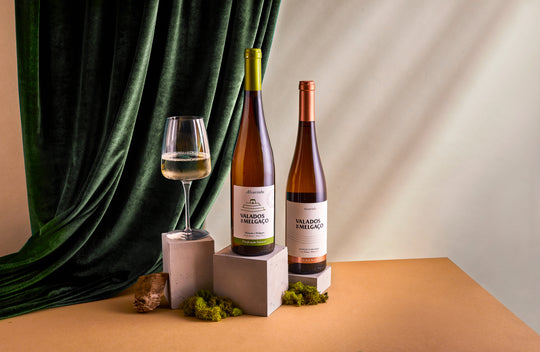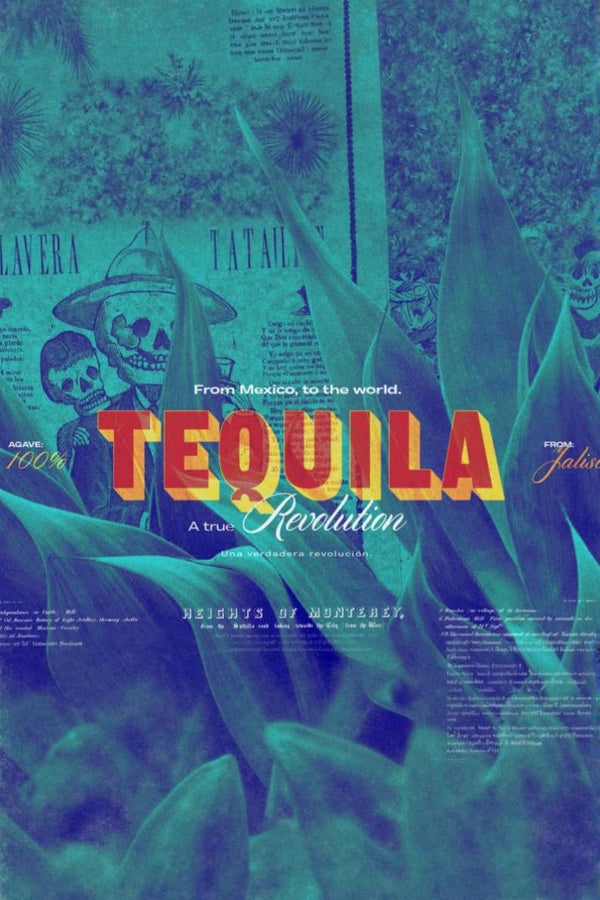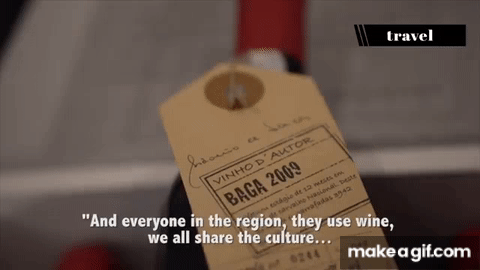You Might Be Craving Pesticides in Wine, Here’s Why

You Might Be Craving Pesticides in Wine, Here’s Why
By Someone Who’s Been Around Enough Bars to Know Better
We romanticize wine. Swirl it. Sniff it. Wax poetic about its legs, its nose, its soul. We nod seriously at vague phrases like "forest floor" and "crushed violet"—as if we all spend time eating potting soil or licking wildflowers.
But what if that mysterious note—bitter, metallic, slightly numbing—isn’t terroir? What if it’s not the limestone or the altitude? What if it’s pesticides?
Yeah. That chemical ghost riding shotgun in your Cabernet might not be a product of nature or time—it might be glyphosate.
The Dirt on the Glass
A French scientist and a chef walked into a lab (no, not a joke—this is France, after all) and decided to find out if people could actually taste the pesticides in their wine.
They tested 195 wines.
Recruited 71 trained professionals—sommeliers, chefs, buyers, the real deal.
Same grapes, same region, same vintage—just one organic, one conventional.
Here’s the kicker:
-
77% of tasters preferred the organic wine.
-
85% could taste something weird when pesticides were spiked into water at wine-level concentrations.
-
58% could tell which pesticides they were tasting.
Let me say that again: People could taste glyphosate.
Taste folpet.
Taste spinosad.
These aren’t quaint, earthy notes—they’re the flavor of industrial farming, and somehow, we’ve just accepted them as part of the experience.
The “Flavors” of Chemistry
This wasn’t vague stuff. They weren’t guessing. The tasters described these chemicals with precision:
-
Glyphosate: Chalky dryness, mouth-puckering acidity, like licking a wet stone someone left out in a gas station parking lot.
-
Folpet: Bitter, medicinal, the aftertaste of regret.
-
Fenhexamid: Artificially sweet—like someone tried to reimagine a strawberry using a chemistry set.
-
Spinosad: Metallic and numbing—think of a coin in your mouth after a trip to the dentist.
They called it “papilla fatigue”—the numbing of taste buds. A dulling of the senses. Wine meant to inspire complexity reduced to a monotone hum.
Why You Should Give a Damn
Let’s get one thing straight: this isn’t about purity politics or kale smoothies.
This is about taste.
About authenticity.
About whether the thing in your glass is something someone crafted—or something produced.
If pesticides are changing the way wine tastes, then they’re part of the terroir too. Which means we need to rethink what terroir really is. It's not just rain, soil, and sun—it’s also what the farmer sprays when no one’s looking.
This matters. Because maybe what we’ve come to accept as “wine” isn’t really wine at all—it’s a compromise.
So What Now?
Here’s the beautiful part: your body already knows.
These tasters didn’t know which was organic but they felt the difference. And that’s the gut-level honesty wine was always supposed to give us.
You don’t need to memorize the names of 19 Burgundy villages or fake your way through tannin talk. Just listen to your tongue.
If a wine feels clean, layered, alive you’ll know.
If it tastes like a chalky pill crushed in grape juice—you’ll know that too.
The Final Pour
Wine is a memory. A handshake with the land. A language older than empires.
But when we allow synthetic chemicals to sit at the table, we change the story.
We trade poetry for production. Depth for convenience.
And maybe, just maybe we start craving the wrong things.
So the next time someone offers you a “bold Bordeaux” or a “crisp Chardonnay,”
don’t ask about the rating.
Ask if it numbs your tongue.
Then raise your glass to those who make wine like it’s meant to be made—honest, dirty, and delicious.










